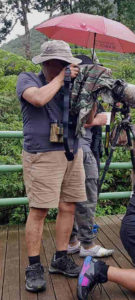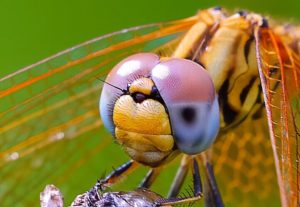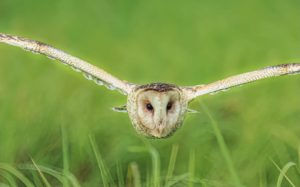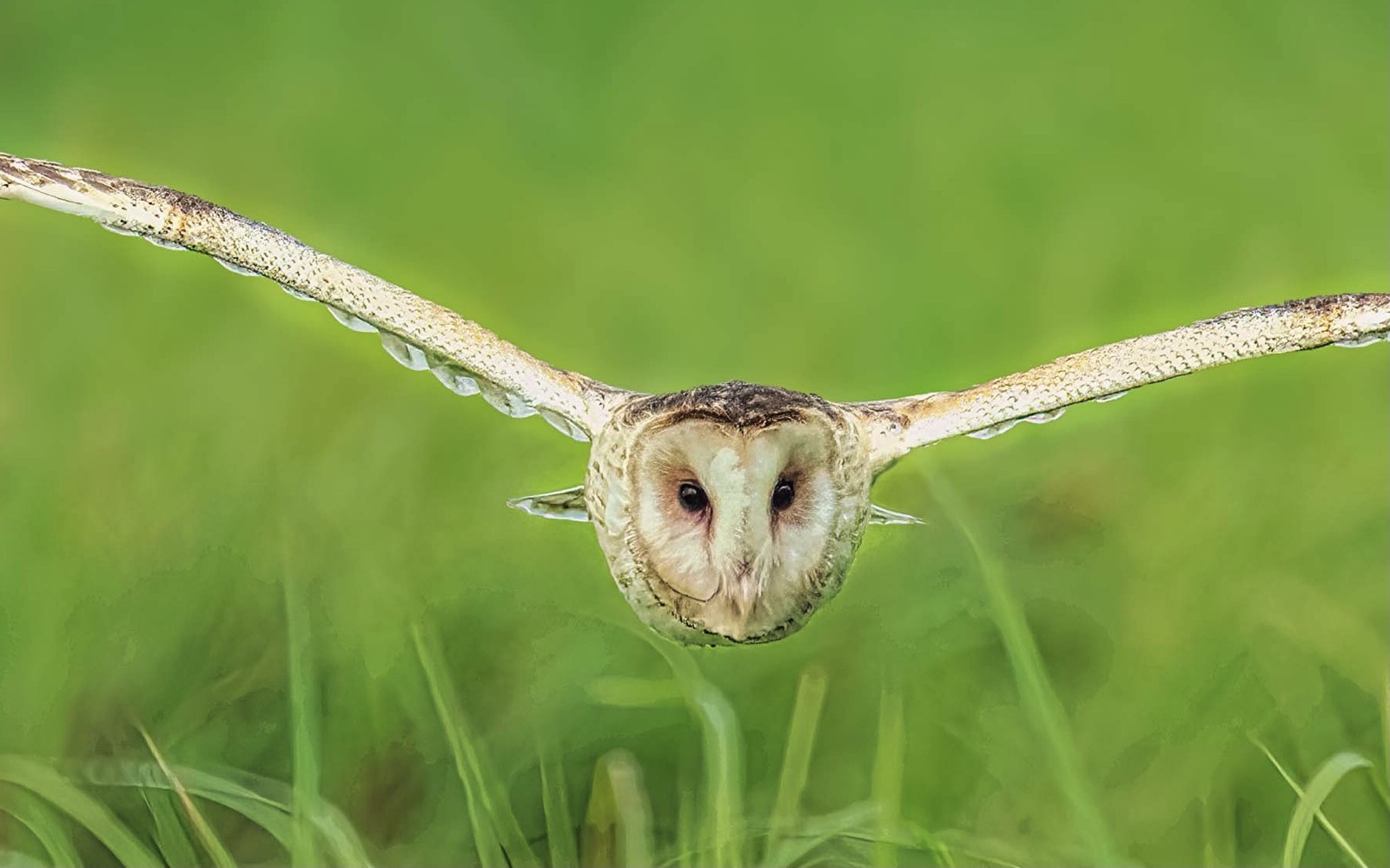A Snapshot of Life
By: Maria Eliza R. Navarro, MD, FPCP, FPSN
“Photography is the story I fail to put into words.”— Destin Sparks
It’s quite challenging nowadays to get a sense of serenity about things, much less find a space to seek it. The din of day-to-day makes us almost forget what it feels like to just be still and truly SEE. Fortunately, we don’t need to do anything special to do that, as what Dr. Luis “Chito” Limchiu will tell us. “You do not need extravagant equipment, these are just tools. More important is the passion…”
Dr. Limchiu was the Training Officer at the National Kidney and Transplant Institute when I was training there many years ago and even then, we were already aware of this hobby, something he quickly corrects. “Photography is my career and passion, but my hobby of being a doctor interrupts this a lot. Before I became the Training Officer and eventually the department chairman, I would go 3-4 times a week and come back to the hospital late in the morning.”
So how did Dr. Chito get started on photography? “I started real photography when I bought my first camera as an IM resident. It was a Canon AE1 film and manual. Now my two favored are the Canon 5Dmk4 and the Sony A7riii. But some of my best pictures were actually shot with my older cameras. So it is not the camera so they say, but the vision and the photographer behind the camera that matters most.”
We were often treated to glimpses of his work because he was always keen and also generous with sharing his passion wherein his preferred subjects were birds in wildlife. “The best time to photograph birds is in the hours just before dawn when they feed and are active, and when the lighting is best and not too harsh.” Dr. Chito also shoots landscapes and macrophotography of insects and flowers, but it bird photography that really piques his interest. “Bird photography is the most challenging of all. The birds do not sit still, everything is in seconds or fraction of a second. To capture their flight, feeding habits, mating, building a nest— you have to be ready and set your cameras for those moments.”

He enthuses, “ The birds are of almost infinite variety. The males are usually more beautiful and colorful (at this he chuckles, maybe not so in the human world). The young can look remarkable different from the adult. Some are endemic only to the Philippines or even a single island. It’s really incredible what beautiful details you can see in such small creatures.”

I ask him if he has any favorite moment given the avian variety he encounters. “It is the first time you see a bird, and when you see a bird slowly building a nest. It brings a single twig each time. You see them wait for the hatching and feeding their chicks. Then you see the first flight when the young leaves the nest. Does this sound humanly familiar?”
Dr. Limchiu relays that it is not wholly an individual gain. “Bird photography gives me a chance to meet other bird enthusiasts and people outside the medical field. It allows me to visit places you would not have thought of going to, and interacting with the locals instead of going to the touristy spots. I feel so fortunate and blessed to be able to do this, and capture these intimate moments. Sadly though, those moments are becoming lesser and further away. Humans continue to destroy their natural habitat, their homes. Just to build more malls.”
His tone becomes thoughtful as he shares what he has learned from this career of his. “ Respect. Respect the differences in people. All creatures are different. Respect nature and the environment. Patience. Wait for it and capture the best moment. Or wait another day. Appreciation. Enjoy the moment. Enjoy your life with respect to other beautiful beings.”
Listening to Dr. Limchiu has put me in a plaintive mood. Waiting, being silent. It calms you down and keeps you grateful. Life goes on and it may bring some unexpected things. Just be ready for it and accept it. There is always another day.













